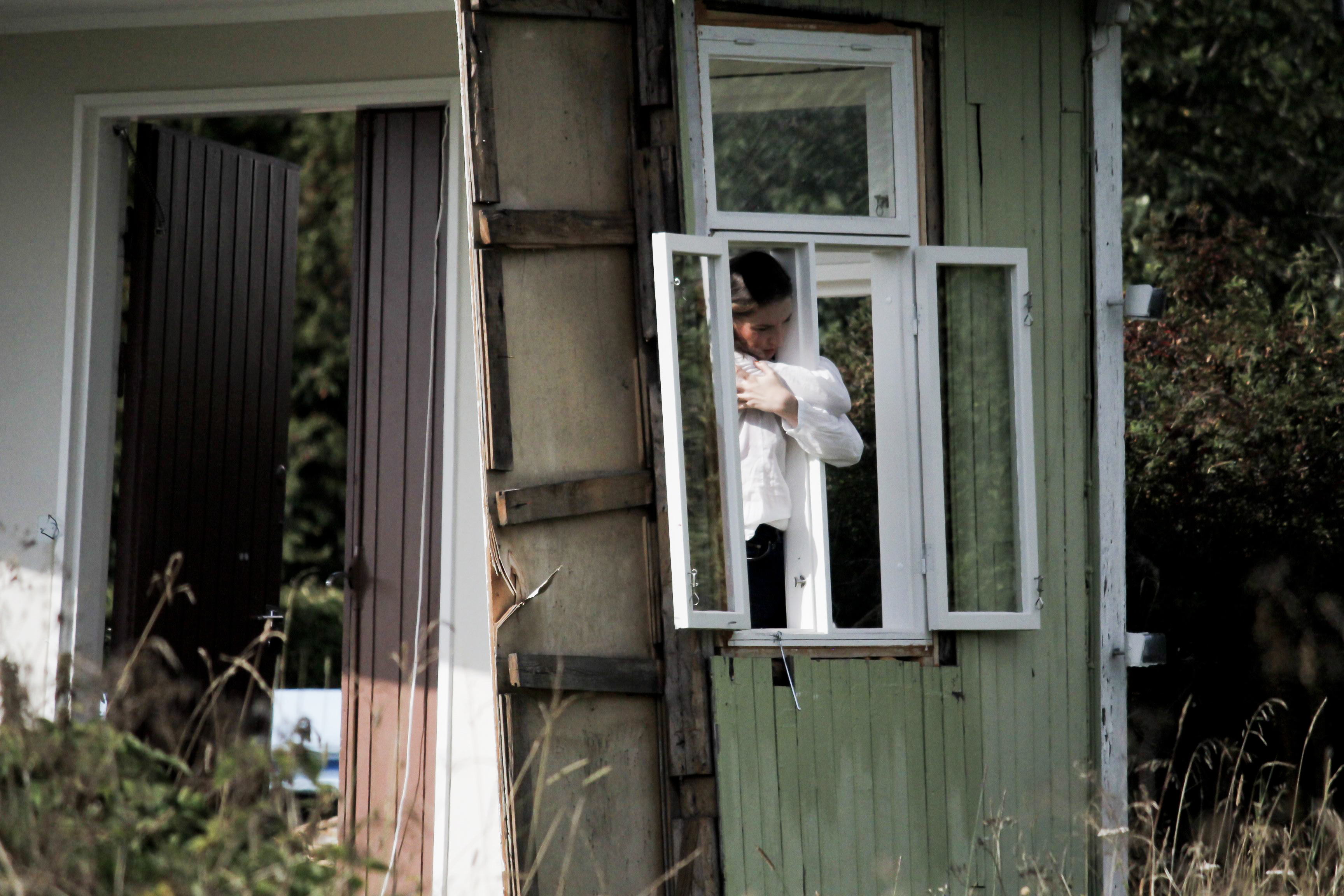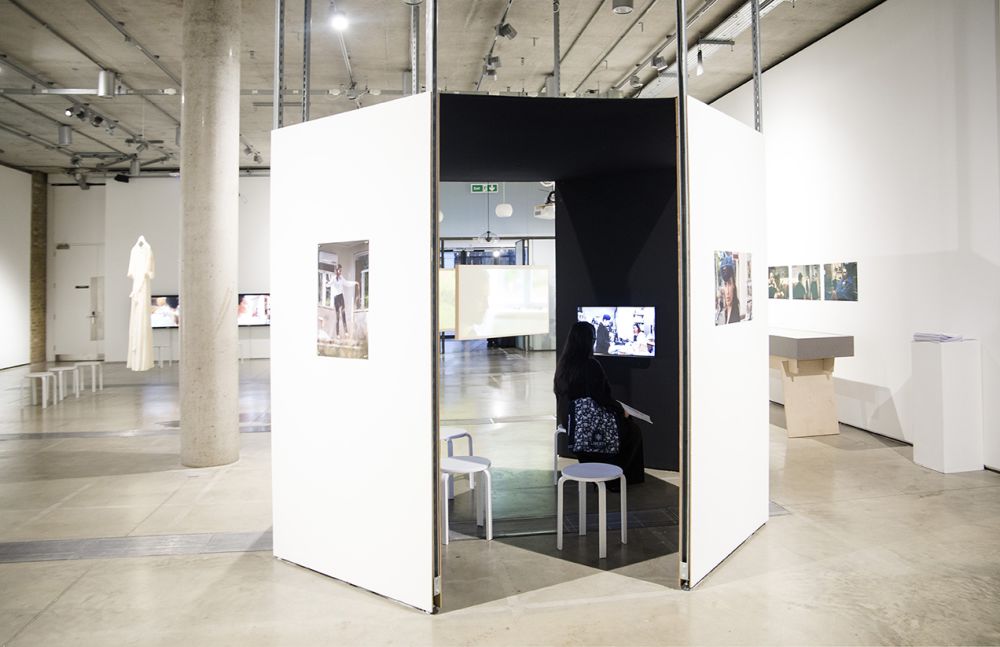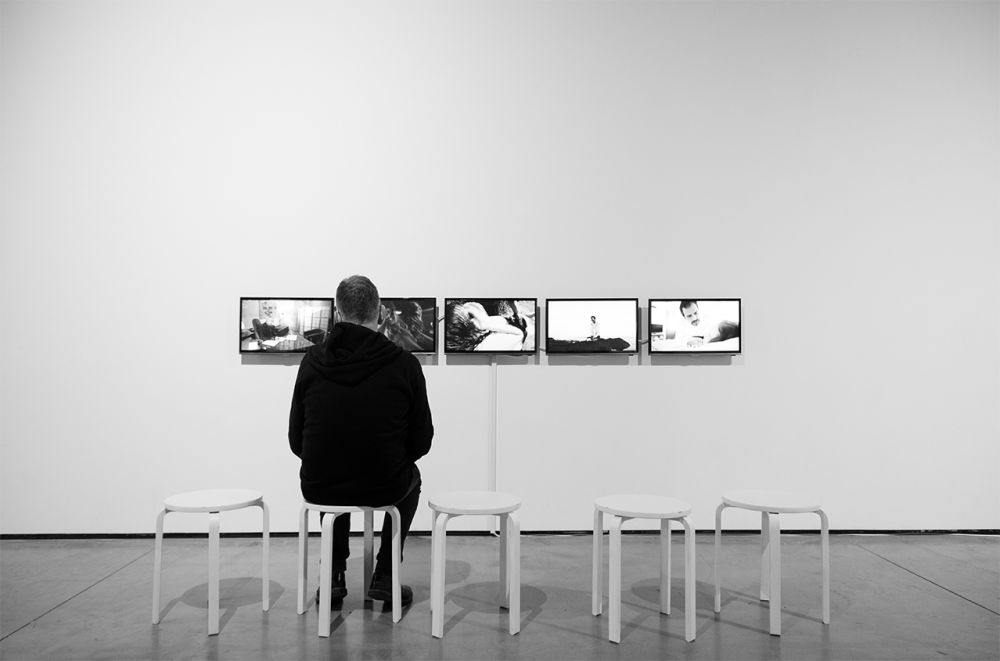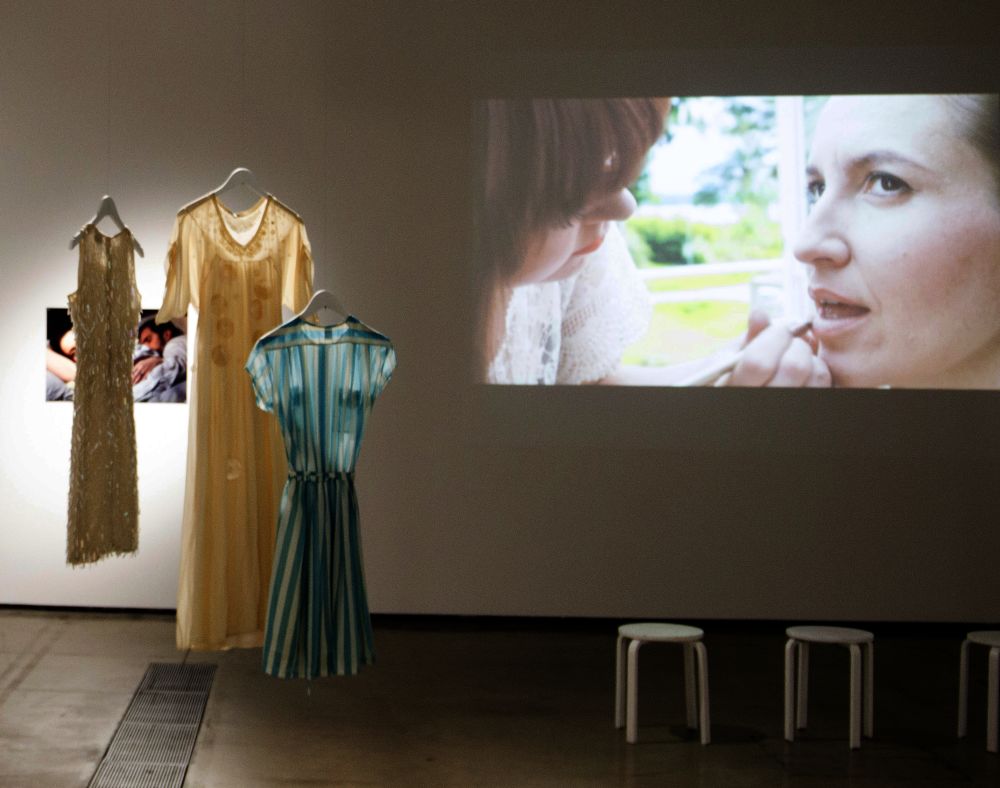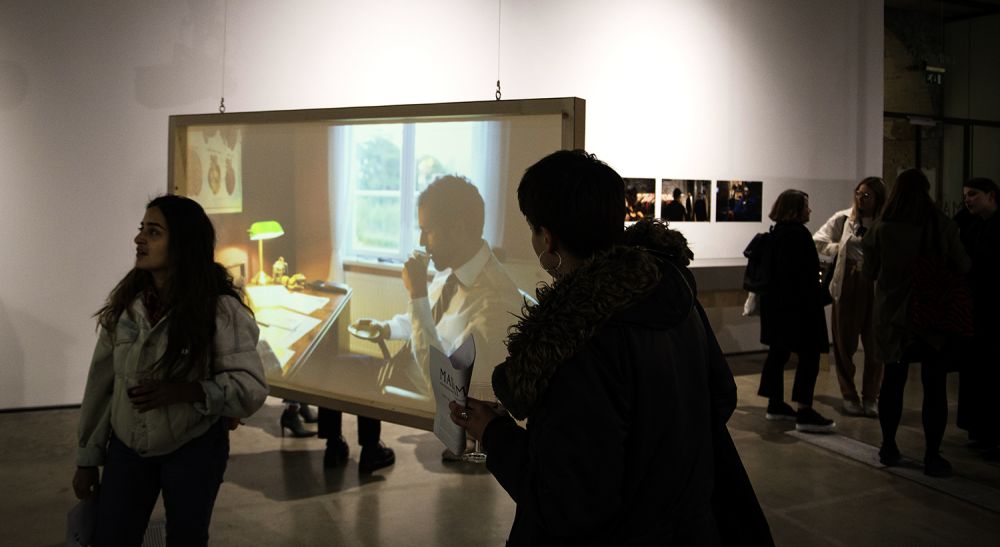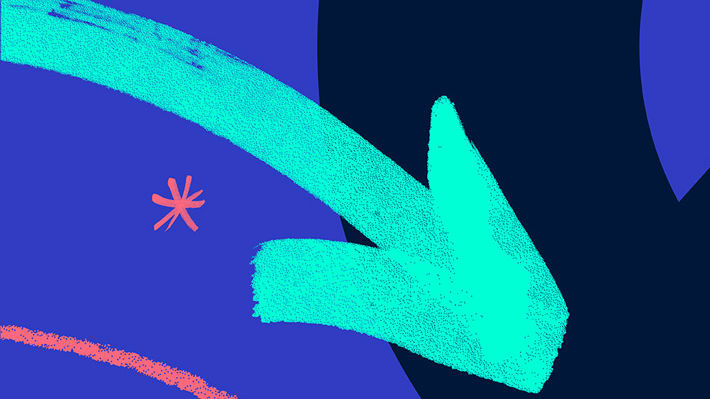We spoke to the team behind the Lethaby Gallery’s current exhibition, Madame B: Explorations in Emotional Capitalism – a fragmented re-telling of Gustave Flaubert’s 1856 novel Madame Bovary.
Madame B is a collaborative project between Dutch cultural theorist and artist Mieke Bal and British artist Michelle Williams Gamaker. Split across nineteen screens, the narrative translates the tale of Flaubert’s titular character Emma Bovary into eight key episodes. Working anachronistically, the artists follow the trajectory of Emma’s life across her central relationships with three men: her husband Charles and her lovers Léon and Rodolphe.
The installation in the Lethaby Gallery ranges from clusters of screens to cinematic projection. Distance between screens is employed to highlight the impossibility of seeing, or understanding, everything at once, while closeness signals the claustrophobia of boredom, the intimacy of romance and the lures of capitalism. The complex installation mirrors the complex drives at play in the lived experiences of women – both then and now. Taking Flaubert’s novel as its starting point, Madame B opens up historical and contemporary connections between economics and romantic love, desire, consumption and loneliness.
The project is curated by Michaela Giebelhausen and Alison Green, Course Leaders of BA Culture, Criticism and Curation and MA Culture, Criticism and Curation. Since its first exhibition in 2013, Madame B has been shown in Poland, Colombia, Malta, Finland, Australia, Norway and Spain. We spoke to the artist and curatorial collaborators about its first ever exhibition in the UK – now on view in the Lethaby Gallery until 15 April.
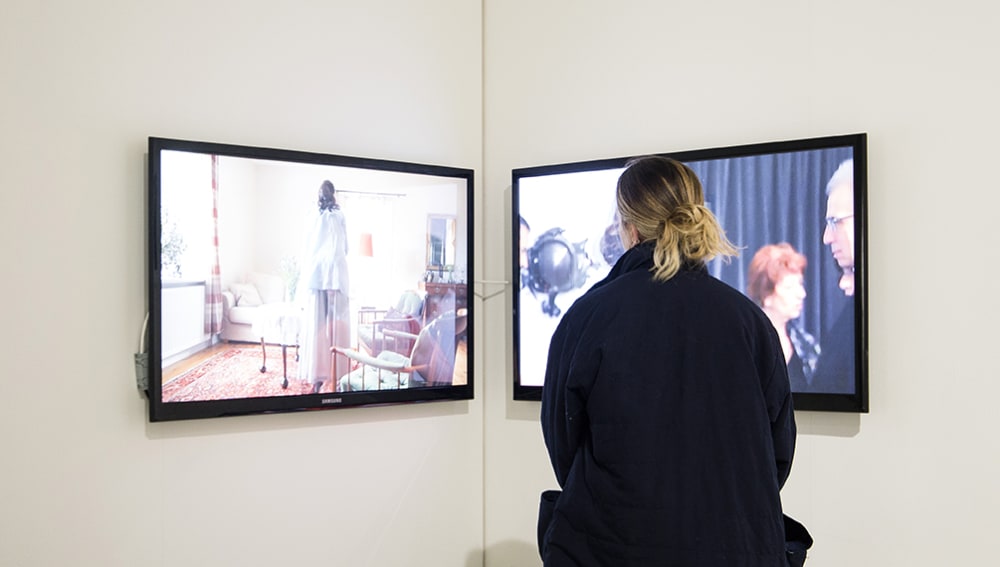
Mieke and Michelle, could you talk us through your collaborative practice?
Williams Gamaker: Both of us are very much engaged in using theory and practice to make a cohesive, whole space. This was fundamental to the beginning of our collaboration. It's so easy for people to continuously identify Mieke’s career in text, and to see myself just as a maker. But we do both, and that is very relevant – we consistently do both, not either or.
Bal: Yes, Michelle came from the art side and I came from the research side, but our paths literally crossed, learning from each other, and we never had a conflict about a decision. Sometimes, one of us was more convinced about something and we asked the other to explain, but it always worked. So, this whole distinction fell away between us.
This is the first time the Lethaby Gallery has shown work not directly connected with the College. Alison and Michaela, why is important that Madame B is exhibited here?
Michaela Giebelhausen: For us, as teachers and as curators, it felt right to bring an artwork here which so explicitly brings these disciplines together. It felt right to bring it to Central Saint Martins – not to another place, not to another gallery, but to a place of making and re-making, thinking and re-thinking. All of these distinctions we have between hand-workers and brain-workers, they are completely combusted in a practice like Mieke and Michelle’s. The work is collaborative and cuts across practice and theory, presenting thinking as practice.
Green: There are times when an artwork is presented as something complete that the audience has to receive on its own terms. By bringing it here, we thought about ways in which the audience could engage with it differently. So, it’s not just about how you understand it as an artwork, but how you delve into it and what you do with it. It’s a gesture towards more work or more thinking or maybe even a very different creative response to it. This was our way of addressing what an artwork can really do.
Mieke and Michelle, how did you approach the adaptation of the novel?
Bal: Generally, I find the films based on Madame Bovary often beautifully crafted, but within the genre of historical costume drama, it becomes so easy to think that Emma is just being stupid. In this format, you're essentially immersing yourself in her world, yet taking critical distance from her compulsion for constant excitement. Excitement is possible because it is temporary – it goes up and it goes down. Emma cannot bear that, so she needs to be constantly excited, and if her lover isn’t delivering then she goes to the salesman and she buys things she doesn't need. Once it's in her own closet then she needs to go out and buy another one. Flaubert describes this need masterfully. The way we translated it into work was through fragmentation and reiteration – it’s a non-linear narrative.
In her life, Emma is bored. In the novel Flaubert writes a beautiful sentence which translates as “Charles's conversation was as flat as a sidewalk.” We asked Thomas Germaine, who plays Charles, to improvise four dinner conversations. At the table, he drones on about the most mundane things like the weather, a neighbour and how to make jam. This for us became the equivalent of that one sentence – it is completely covered by this scene.
Green: It’s also worth noting here that Thomas plays all three male characters.
Mieke Bal: Yes, that was a way of saying something that Flaubert doesn't say explicitly, but it conveys the idea that Emma is just in love with love and not with anyone in particular.
How does the installation of Madame B differ here from previous versions?
Williams Gamaker: Throughout the various iterations of the show, there has been the idea of serialising Emma's life, as the novel was first published. The chapters are episodic, the big moments in her life are accessible to an audience member who can pick and choose – not necessarily chronologically.
Here, in the Lethaby Gallery, the sound is much more active than it has been before. So, the beginning of her younger life seeps through into the end of her life. The screens also speak to one another because life is porous in that way, not linear.
You have been working on this film since 2011, how do you think external factors have influenced the significance of the work? Is it more relevant now?
Williams Gamaker: I think it becomes more and more pertinent given the pressures that individuals are feeling – anxiety, financial precarity, problems relating to identity and the body, care, abuse. What I think Emma encapsulates here is an individual who feels the forces of capitalism and neo-liberal pressures through their body. Marja Skaffari, as she performs Emma, demonstrates this through vulnerability. For me, the project becomes more and more justified because these forces are not going away. If anything, it gets worse. It's a gloomy space to acknowledge but it's a reality.
Bal: I think it's more useful, socially, to recognise it rather than reduce it to something from the nineteenth century.
Giebelhausen: Yes, the themes of the novel are as topical today as they were then. The work makes this crystal clear by reimagining the action for the twenty-first century. Mieke and Michelle’s interventions make it possible for contemporary audiences to empathise with Emma. I think it would be surprising if our gallery-goers do not agree that there is a little bit of Emma in all of us.
Williams Gamaker: Yes, and I also really like that the work is absolutely situated within mainland Europe. I think it’s a really important moment to hear other languages and to understand that we are connected. As someone who considers herself both a Londoner and a European, it makes it more poignant for me that this is here in the UK at the moment. So perhaps I'm mindful, given what we are experiencing in the UK, that this is an example of why I collaborate and work in Europe.
Bal: In the film, Emma speaks Finnish and Charles speaks French. We had an international cast and crew and everyone speaks their own language. Since Emma and her men don't understand each other anyway, we thought they may as well speak different languages.
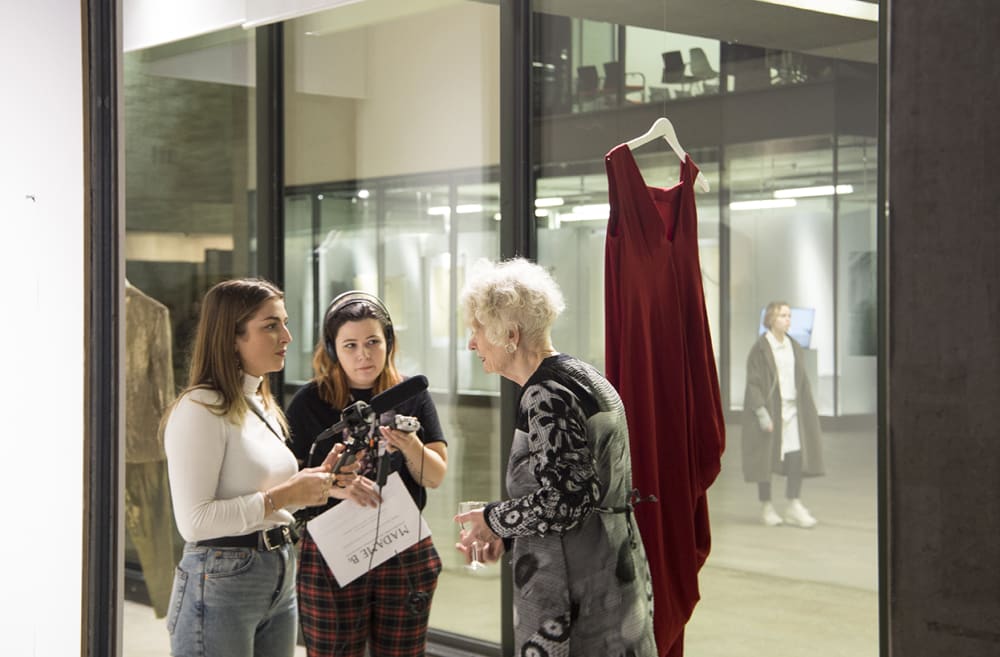
How have students on the Culture, Criticism and Curation courses been involved in the process?
Giebelhausen: As part of the exhibition, we have also developed an outreach programme. We invited Claremont project, a community organisation for Islington residents over the age of 55, to respond to the original novel and the exhibition and to make a performance piece. A small team of BA Culture, Criticism and Curation students have been attending these workshops, led by Emma Bernard. They will be documenting the project, speaking to the participants and working on their performances, which in turn, will also drive the development of a series of podcasts. After drafting interview questions, they will work with Camden Community Radio to really hone the podcast content. The station will publish the finalised podcasts in May this year.
Green: We have also been hosting a reading group every week, to draw in students from across the College. Overall, as teachers of curation, we wanted to close that gap between how an exhibition comes in, how it gets developed and how you can use it to engage audiences in different ways – that's been built in to how we developed the show. On a practical level, they helped us with the install and during the Private View.
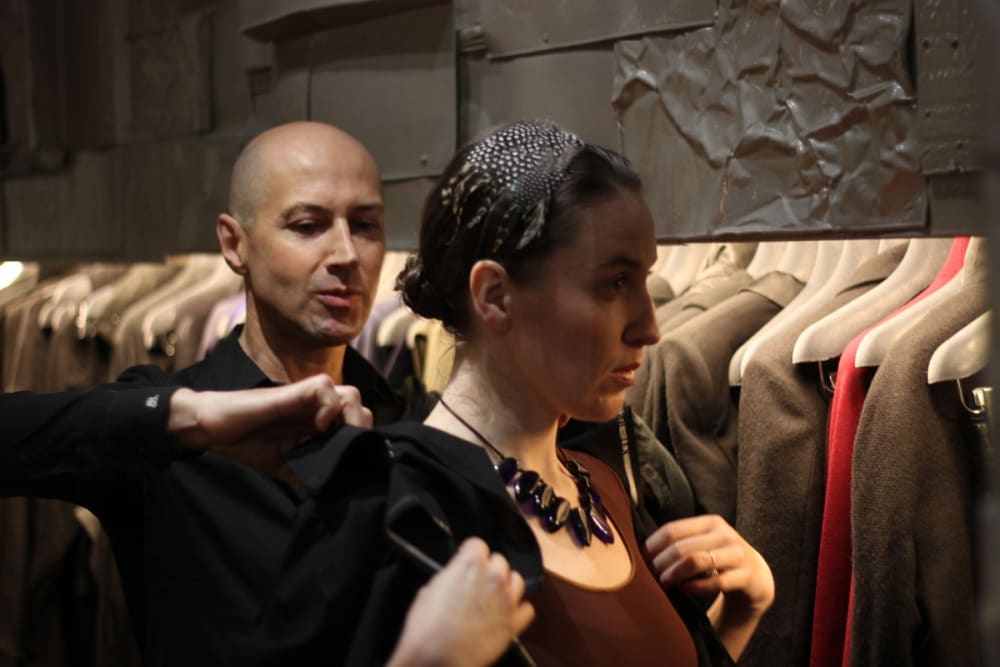
Alongside the screens, there are clothes suspended in the gallery and two vitrines of related materials. What is their relationship to the film itself and their wider symbolism?
Bal: There is a scene where Emma buys these dresses in a store in Paris. We filmed in a concept store called L'Éclaireur, which is essentially a film set in itself. So, it has a great impact on seducing potential clientele. It embodies some of the more pernicious elements of desire and capitalism – of wanting things, needing things. The point is the seduction of capitalism with a sense of emotional satisfaction.
Williams Gamaker: These scenes also make you think about clothing as an additional skin or the things that literally cloak us, and what really is being exchanged in purchasing something. Because more and more, we are being asked to purchase a lifestyle based on what the media keeps on ramming down our throats. These objects often don't do very much, they offer very short-lived satisfaction, so we have these clothes in the gallery as markers of that.
Michaela and Alison, as teachers on the Culture and Enterprise programme, could you talk about why addressing the relationship between economics and cultural production is so important?
Alison Green: I don’t see how we can’t be talking about this! These terms are currently under so much pressure: we know that qualitative support of human life has been given away to the forces of the market. And this “free market” has no interest in culture for its own sake. This is a disconnect that we need to counter.
In the Culture and Enterprise programme we have been discussing these issues by focusing on practices where economic, management or business issues are addressed through research, creativity and critical thinking. For our guest speaker series, we set the theme of “What is culture and enterprise?". In the past few years people such as Martin Creed, Mira Calix and Julie Gayard have come to the College to speak about their work. We think it’s useful for the students to hear from people who are trying to do the work.
On April 12 we will also be hosting a symposium, Alternative Futures: Creativity and the Circular Economy; we hope this is the start of many conversations, interventions and responses to a very real situation which we are all facing together.
Madame B is on view in the Lethaby Gallery until 15 April.
